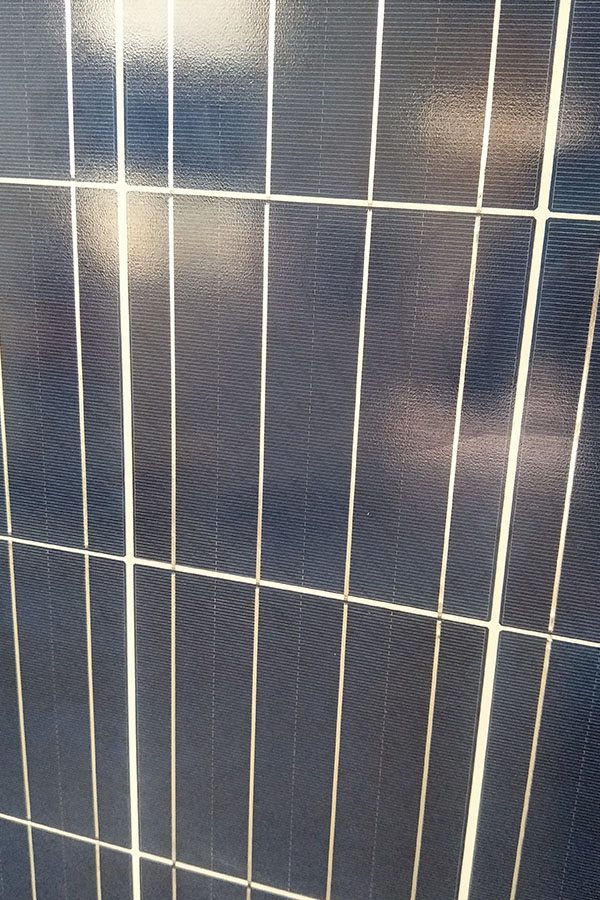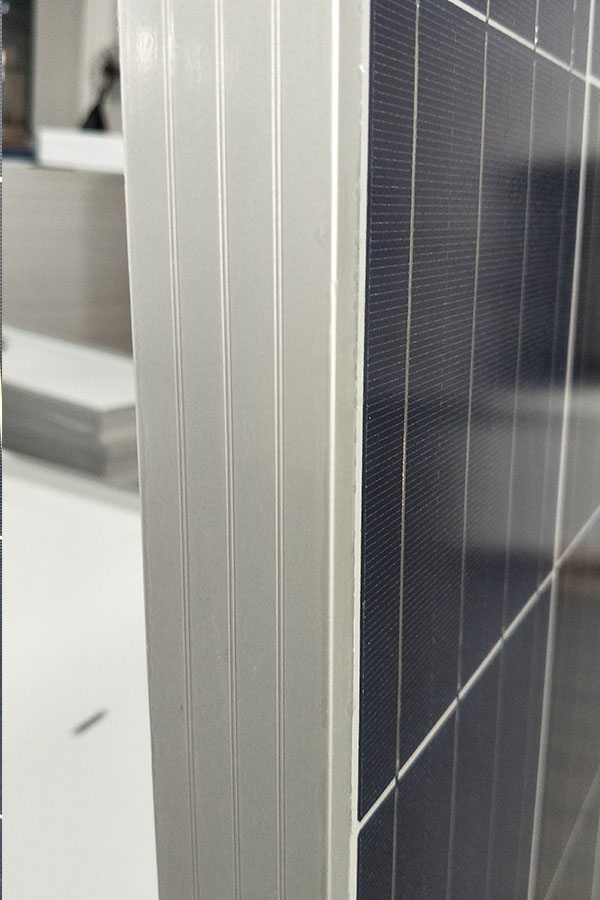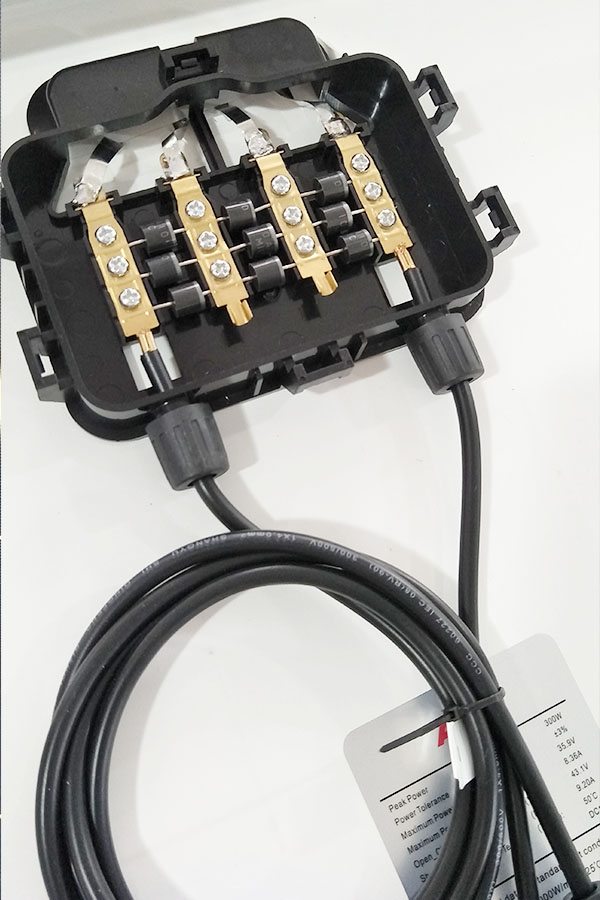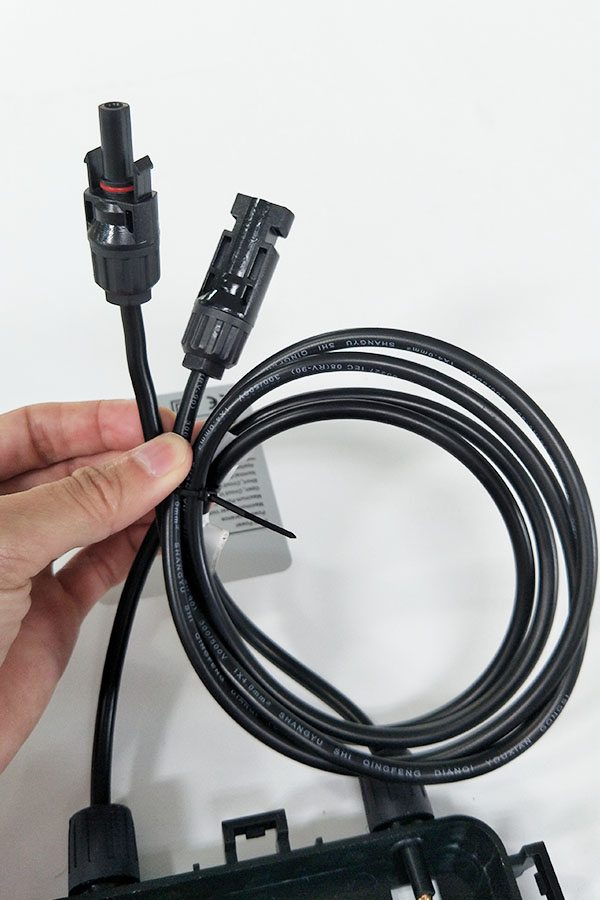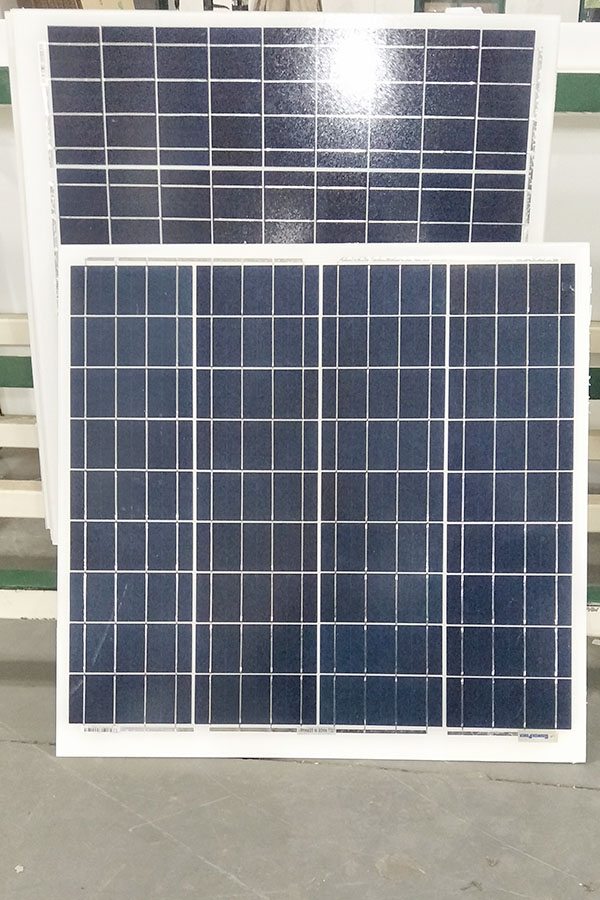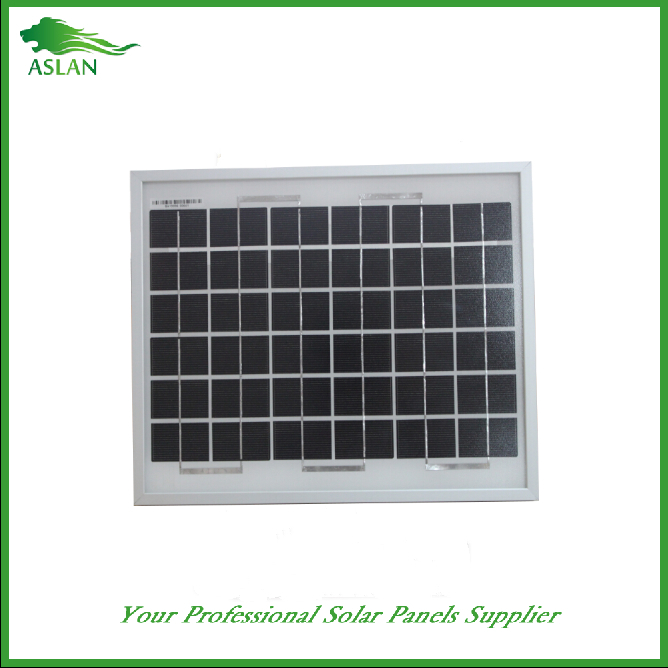Factory Supplier for Poly-crystalline Solar Panel 200W Factory for Vietnam
Short Description:
To meet the customers' over-expected satisfaction , we have our strong team to provide our best overall service which includes marketing, sales, designing, production, quality controlling, packing, warehousing and logistics for Factory Supplier for Poly-crystalline Solar Panel 200W Factory for Vietnam, If you are interested in any of our products and services, please don't hesitate to contact us. We are ready to reply you within 24 hours after receipt of your request and to create mutual un-limited benefits and business in near future.
Poly-crystalline Solar Panel 200W
Technical parameter
Maximum Power(W) 200W
Optimum Power Voltage(Vmp) 26.78V
Optimum Operating Current(Imp) 7.47A
Open Circuit Voltage(Voc) 32.66V
Short Circuit Current(Isc) 8.21A
Mechanical Characteristics
Cell Type Polycrystalline 156x156mm (6 inch)
No of Cell 54 (6x9pcs)
Dimensions 1482x990x40mm
Weight 17.6Kg
Front Glass 3.2mm,High Transmission, Low Iron,Tempered Glass
Junction box IP65 Rated
Output Cable TUV 1×4.0mm2/UL12AWG,Length:900mm
Temperature and Coefficients
Operating Temperature(°C): -40°C ~ + 85°C
Maximum System Voltage: 600V(UL)/1000V(IEC) DC
Maximum Rated Current Series: 15A
Temperature Coefficients of Pmax: -0.47%
Temperature Coefficients of Voc: -0.389%
Temperature Coefficients of Isc: 0.057%
Nominal Operationg Cell Temperature (NOCT): 47+/-2°C
Materials of solar panel
1).Solar Cell——Polycrystalline solar cell 156*156mm
2).Front Glass——-3.2mm, high transmission, low iron, tempered glass
3).EVA——-excellent anti-aging EVA
4).TPT——-TPT hot seal made of flame resistance
5).Frame——anodized aluminum profile
6).Junction Box——-IP65 rated, high quality, with diode protection
Superiority: high quality anodized aluminum frame, high efficiency long life, easy installation, strong wind resistance, strong hail resistance.
Features
1. High cell efficiency with quality silicon materials for long term output stability
2. Strictly quality control ensure the stability and reliability, totally 23 QC procedures
3. High transmittance low iron tempered glass with enhanced stiffness and impact resistance
4. Both Poly-crystalline and Mono-crystalline
5. Excellent performance in harsh weather
6. Outstanding electrical performance under high temperature and low irradiance
Quality assurance testing
Thermal cycling test
Thermal shock test
Thermal/Freezing and high humidity cycling test
Electrical isolation test
Hail impact test
Mechanical, wind and twist loading test
Salt mist test
Light and water-exposure test
Moist carbon dioxide/sulphur dioxide
A simple guide to controlling 12 volt LED strips from your Arduino using an N Channel Mosfet.
In my example I’m using PWM to fade the 12v LED strip, but you could just as easily turn the LED strip on and off instead of fading it. Also it doesn’t have to be an LED strip and it doesn’t have to be 12v!
If you’re going to drive a motor or a relay (or any inductive load) using this setup, you should add a diode across the positive and negative input of the motor/relay to avoid any back voltage.
I’ve over simplified things in terms of my description and the circuit, but it should be enough to get you up and running and to give you a basic understanding of how an N-Channel Mosfet works.
Pretty much any N Channel Mosfet will be fine, but ideally you want to go for an L series, because the gate can be reliably driven at lower voltages, such as the 5 volt from the Arduino.
If you’re curious, a MOSFET is a metal–oxide–semiconductor field-effect transistor. The benefit of a MOSFET over the traditional relay is that it can turn on and off extremely quickly, meaning it’s suitable for PWM, compared to the old coil relay which can’t turn on and off so quickly. Of course a modern solid state relay can compare against a mosfet or transistor.
SUPPORT ME: If you enjoyed this video, please remember to give a LIKE and click here to subscribe to my channel – http://www.youtube.com/subscription_center?add_user=philstuffs
A DIY Solar Power Generator Using Ready-Made Solar Panel.
Click HERE http://www.diygreenenergyguides.com/Earth4Energy
Learn How To Make Your Own DIY Solar Panels.
